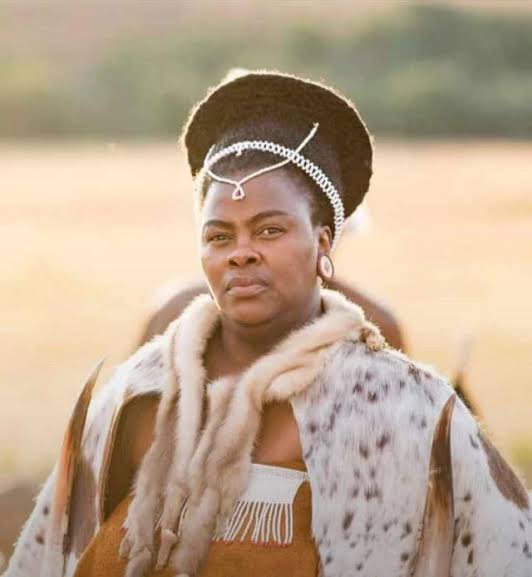1. IZAYONI /ZION CHURCHES
Umnxeba....
Izayoni /Iziyoni African churches are well established in Southern Africa. These churches are linked to the missionary work of the Christian Catholic Church in Zion founded by John Alexander Dowie in the USA in the late 1800s.
Umnxeba....
Izayoni /Iziyoni African churches are well established in Southern Africa. These churches are linked to the missionary work of the Christian Catholic Church in Zion founded by John Alexander Dowie in the USA in the late 1800s.

2. Dowie established a city called Zion in Illinois where all the members of his church stayed. The church emphasised on faith/divine healing and holiness. Consulting medical doctors was not allowed and members were not allowed to eat pork amongst other restrictions. 

3. As the zion movement grew, missionaries were sent to Southern Africa. Later they embraced the Apostolic Faith Mission church led by the former Zionist John G. Lake however maintained the faith healing methods of Dowie. 

4. Major African Zion churches in South Africa broke out from the AFM church. The first to break out of the AFM in 1910 was Daniel Nkonyane after fusing African traditional beliefs to church doctrines & introducing priestly garments as church uniforms. 

5. After Nkonyane left the AFM the next African secession was led by Isaiah Shembe in 1911. Shembe's movement grew significantly over the years and was concentrated among the Zulu people. 

6. In Lesotho there was Edward Lion's Zion Apostolic Faith Mission (ZAFM). Out of this church there was an offshoot known as the Zion Christian Church, whose founder, Engenas Lekganyane, was Lion's Transvaal leader in the early 1920s. 

7. Out of these Zion movements many African independent churches were born. Because of the Witchcraft suppression laws in Africa many Africans with ancestral spiritual gifts found refuge in some of these churches that embraced African traditional spirituality. 

8. The African Zion churches are found all over southern Africa and many continue to practice healing /cleansing methods that embrace a fusion of Christianity and African traditional spirituality. 

• • •
Missing some Tweet in this thread? You can try to
force a refresh
















